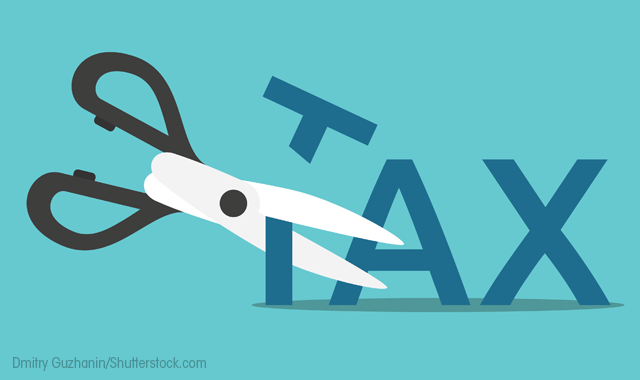What dentists need to know about new tax deductions
Can you take advantage of the new 20 percent deductions?

Because of changes in the new tax laws, many dental practice owners are in consultation with their financial advisors. They want to know which type of business entity will give them the most tax savings and deferrals on a current basis.
Of all the new points to be concerned about, dental practice owners seem to be obsessed to find out if they have the ability to write off an additional 20 percent of their taxable income after all of their deductions before computing their income tax liability. As this is based on “pass through,” entities, many dental practitioners are checking to see if they qualify.
If not, they want to know what to do to make sure that they are able to get this extra benefit. The concept is supposed to be available to small business owners, as most dentists are defined. There are quite a few obstacles for the dentist compared to a manufacturer, as an example.
Let’s discuss some examples and see if the dentist may be able to secure this additional benefit for 2018.
How do dentists make sure they are able to get the 20 percent additional deduction?
As a surprise to many professionals, including dentists, the extra deduction that everyone has been happily speaking about may not be available to them based on their taxable income.

The actual designated name of the income used to be able to claim the 20 percent deduction is “qualified business income.” This type of income comes to the dentist if his or her practice is structured as a partnership, which may be a general partnership, an LLC, an LLP or a PLLP, S corporation or sole proprietorship.
The type of tax return filed would be a 1065, 1120s or a schedule c, respectively. The 1120, commonly known as a c corporation, does not qualify as a “pass through” entity, so the 20 percent deduction is not available for that type of business structure.
The deduction works by reducing the personal taxable income on the individual tax return. The taxpayer can itemize or take the standard deduction. Income amounts are important in order to qualify for the deduction for the dentist, as the taxable income after the itemized or standard deduction is taken determines qualification. Taxable income above certain amounts will disqualify the dentist from taking the deduction of the additional 20 percent on his or her personal tax return.
Up next: Who qualifies?
Disqaulified income levels
For those who are married, taxable income must be below $315,000. For single taxpayers, the maximum taxable income is $157,500. There are reductions in the 20 percent deduction based on income between $315,000 and $415,000 for those married and between $157,500 and $207,500 for those single tax filers.Other restrictions and limitations apply, such as wage limits, other income not defined as “qualified business income,” and other complicated exceptions.
It is a must to discuss this topic with the dental CPA engaged by the practice, or if one is not engaged, to retain one who can discuss these items with the owner and/or key members of the dental practice so there is clarity on the ability to take the extra tax saving concept in 2018.
These income levels are without the necessary points critical to the restrictions that should be addressed by each dentist’s personal tax advisor. It is very important to engage a dental CPA to make sure that the restrictions and qualifications are met to receive the extra tax write off.
Complications and understandings
If this article’s explanation seems complicated, it is because of the complexity of the new tax law. For the dentist to understand and take advantage of the situation, any money spent on a dental CPA may save thousands of dollars.
As an example, if the dentist’s qualified business income was $150,000 and all other things were considered so that this was the taxable amount, the dentist would then get an additional deduction of 20% or, $30,000. At the highest tax bracket of 37 percent, this would then save $11,100. How much would the dental CPA charge to offer the advice necessary to at least understand how to compute the amount of total taxable income on which the additional 20 percent deduction is based?